China's new helicopter gunships help fight beachhead positions
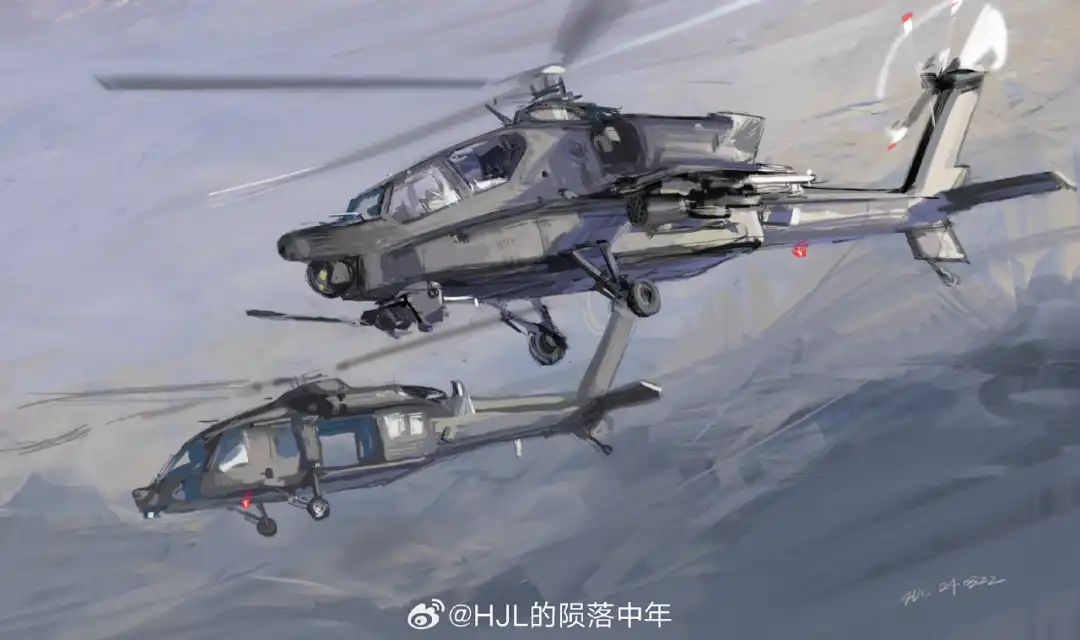
In the past two days, rumors about the emergence of a new generation of heavy-duty helicopter gunships in China's aviation industry have spread wildly on the Internet.
Today, let's discuss this issue. I believe that at the beginning of this year, especially after the U.S. Army Aviation suspended the development program of a new generation reconnaissance helicopter, FARA, there was a lot of discussion in the outside world. Is this type of equipment as armed helicopters obsolete? Many big shots have also expressed their views on this. Now that our new generation of armed helicopters has emerged, this issue has been clarified at the national and military levels.
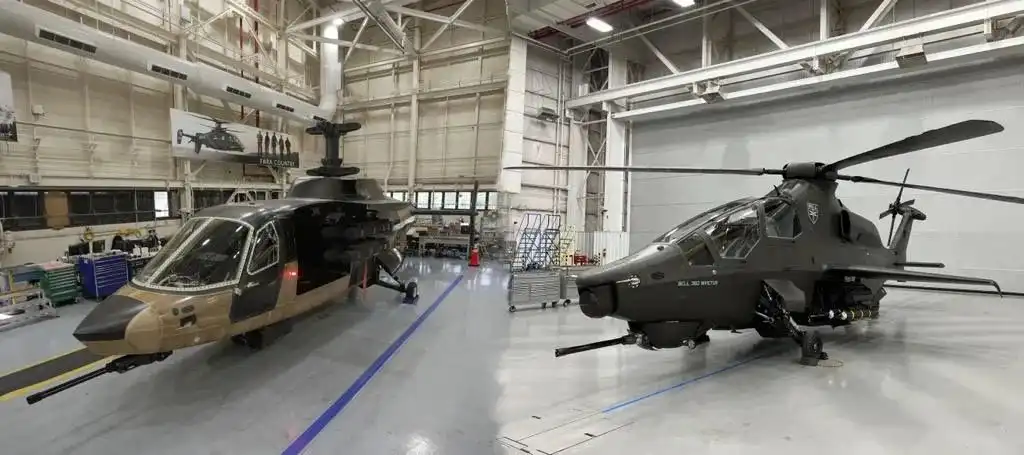 ▲美军FARA“未来武装侦察机”计划已经被取消
▲美军FARA“未来武装侦察机”计划已经被取消
In this case, we will discuss what tasks armed helicopters may have to undertake in the future, what combat missions they will be given, and whether armed helicopters are really outdated.
Is Wuzhi obsolete?
Regarding the tasks performed by armed helicopters, Big Ivan actually still adheres to his previous view. The type and proportion of tactical tasks undertaken by armed helicopters are actually gradually declining. In terms of the U.S. Army Aviation and the Soviet Army Aviation during the Cold War, the mission priorities of the armed helicopters equipped with the two are different.:
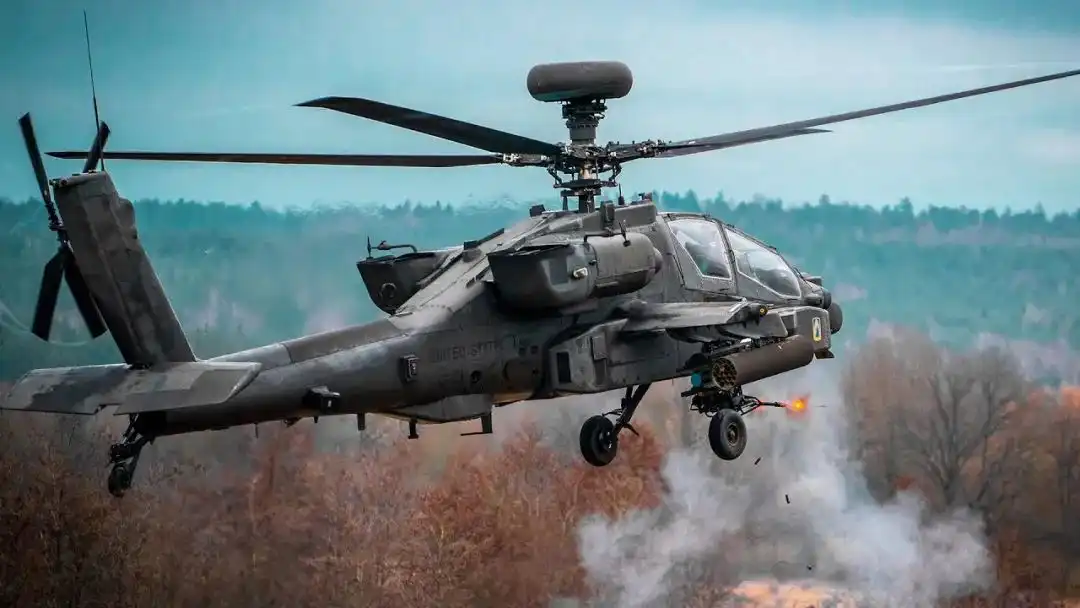
For example, the main combat mission carried out by the U.S. Army Aviation is to serve as the main mobile anti-tank force to attack the Soviet tank group army that breaks through the defense line in West Germany's overall defense zone (GDP). You can think of it as a tank destroyer deployed in the air that can be quickly mobile and repaired;
Another example is the helicopter gunships of the Soviet Army Aviation Corporation. The typical Mi-24 helicopter gunships are more similar to infantry fighting vehicles flying in the air. In wartime, in addition to coordinating with the Mi-8 helicopter to undertake the tasks of transporting airborne infantry and seizing key points in the enemy's tactical depth, the most important thing is to annihilate strong ground fire points during the landing process, and even annihilate the enemy's helicopter gunships that blocked them.
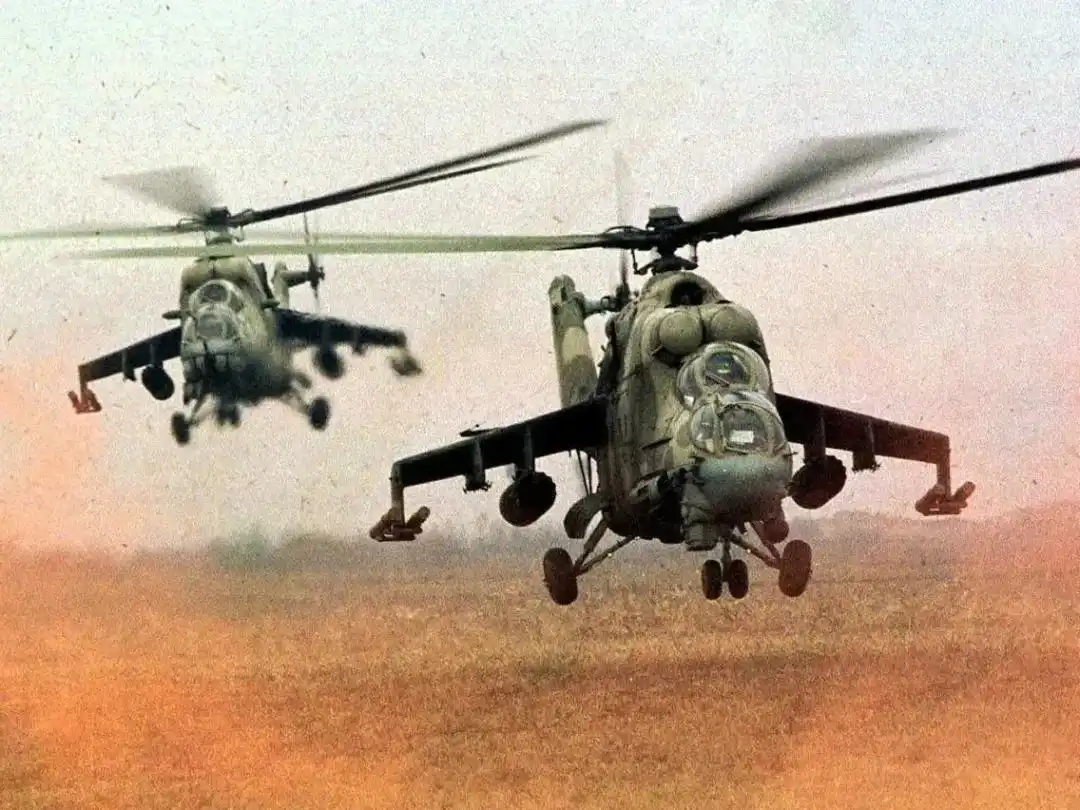
In short, the tactical tasks undertaken by helicopter gunships in the United States and the Soviet Union have their own characteristics, but after the end of the Cold War, the tasks undertaken by helicopter gunships began to converge. For example, the helicopter gunships of the U.S. Army Airlines are mainly responsible for anti-tank missions, but they also cover aerial infantry and even battlefield reconnaissance missions; as for the Russian Army, during last year's summer offensive in Ukraine, the Ka-52M and Mi-28NM helicopter gunships were extremely active, annihilating a large amount of Ukrainian armored equipment. In fact, they were also undertaking anti-tank missions of mobile replenishment.
Therefore, in general, Big Ivan's view, the main tactical tasks that armed helicopters are now undertaking are only a few:First, mobile anti-tank; second, covering air assault forces; and third, battlefield reconnaissance and situation awareness, there are only a few things.
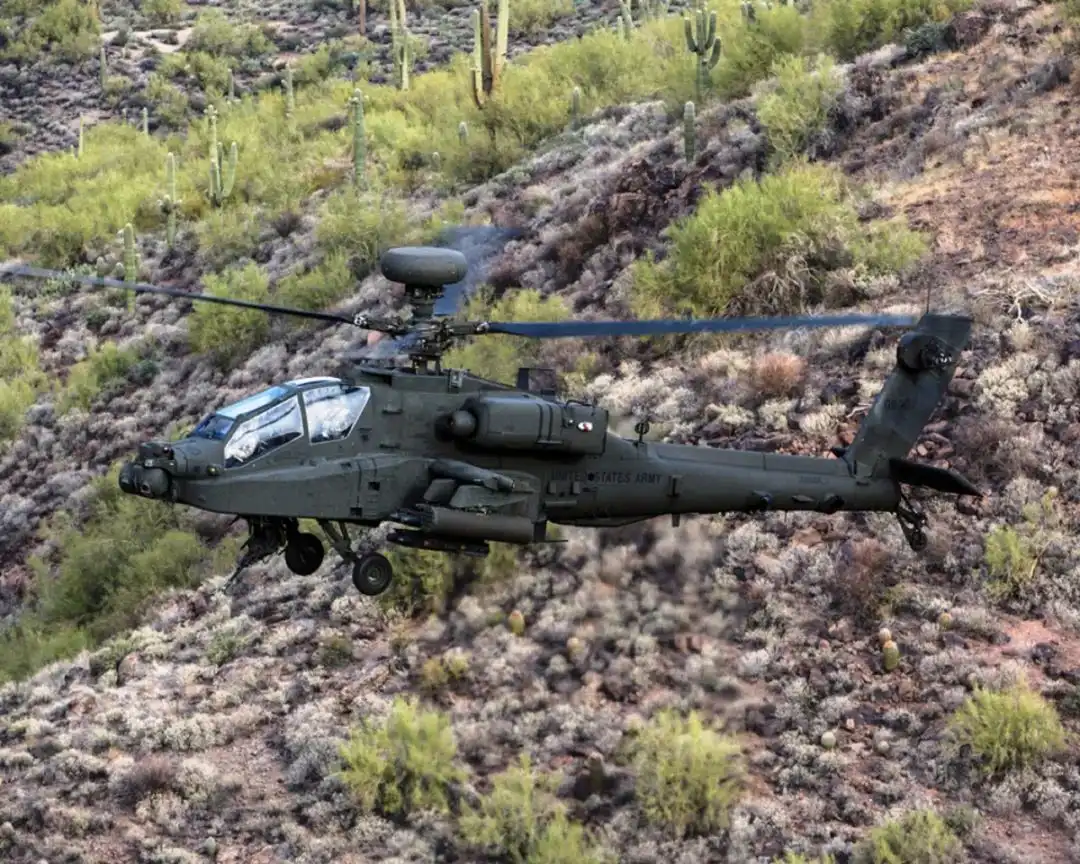
However, under modern warfare conditions, two of the three tasks undertaken by armed helicopters are actually in danger of being replaced by more efficient strike methods.:
For example, battlefield reconnaissance and situation awareness. In the past, the military reconnaissance situation awareness system of the composite group of various arms was not developed enough. There was a reconnaissance platform with photoelectric radar under the command of the aviation command post at the same level, which could be directly mobilized, and flew in the sky. It has very high reconnaissance efficiency. If there was a millimeter-wave radar, there would be no more efficient reconnaissance platform that could scan a wide battle field.
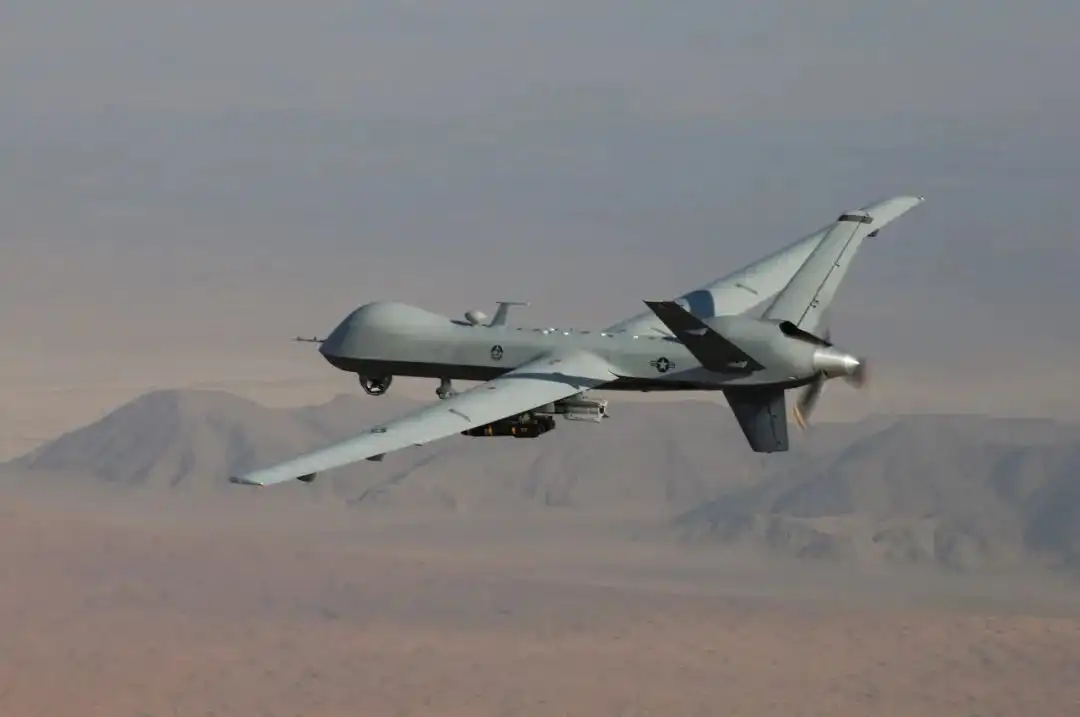
But now drones are beginning to be popularized in large numbers. Whether it is from the group army level of various arms to the brigade and even the battalion and company level, drones are being rolled out in large numbers at almost all levels. Reconnaissance missions at this level can be completed by drones at this level. Moreover, this type of drone does not need to occupy the airfield. It can be released for reconnaissance using fixed-length rails or even hand-propelled objects. It does not need to occupy many airspace resources, and it does not even feel distressed if it is damaged. Just replace it with another one. Judging from the Russia-Ukraine conflict, Russian helicopter gunships have hardly undertaken reconnaissance missions, although this is true even when the Mi-28NM still has millimeter wave search radars.
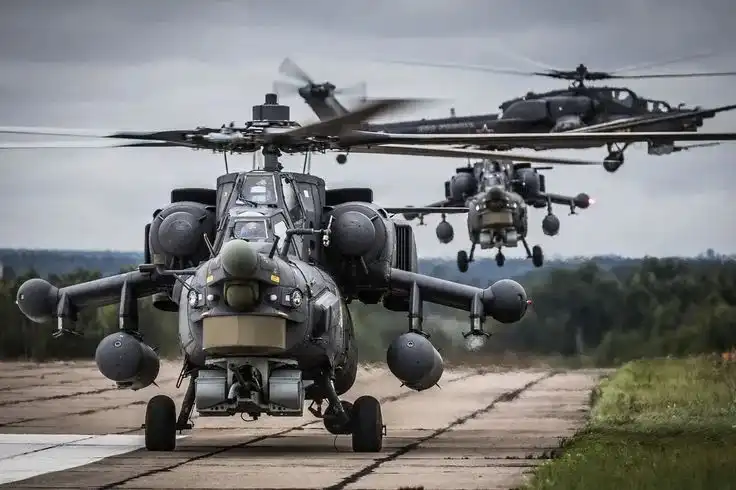
What about mobile anti-tank missions? At present, helicopter gunships are still very strong, but they are also in danger of being replaced. In the past, armed helicopters had to undertake the depth of operations, such as anti-tank missions within 50 kilometers, which you had almost no way to implement with tactical equipment from the Cold War period and immediately after the end of the Cold War. Otherwise, do you plan to use ground artillery or rocket launchers to fight? At the very least, you have to coordinate across the services to send several assault aircraft with air-to-ground missiles to fight, right? Now, using drones and long-range precision strike rockets, whether it is a single-warhead rocket or a cluster terminal-sensitive missile, can effectively carry out anti-tank missions at this distance.
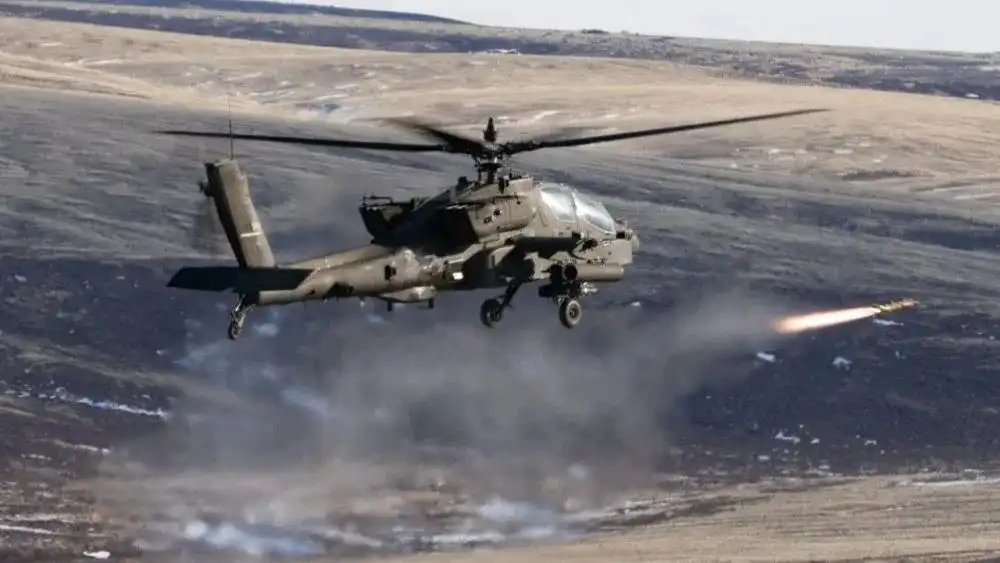
Another example is the shallow and deep anti-tank mission. Looking at the armored division of the Type 86th Division of the U.S. Army during the Cold War, there were only three subordinate brigade combat teams belonging to four machine-infantry battalions. Each machine-infantry battalion was organized with an anti-tank company. Each anti-tank company was equipped with 12 vehicle-borne "Tao" anti-tank missiles. The attack range of these missiles was only 3 to 5 kilometers and fired almost above their heads. In this case, having an armed helicopter that can extend the firing range to more than 10 kilometers will obviously improve the anti-tank efficiency of the brigade combat team.
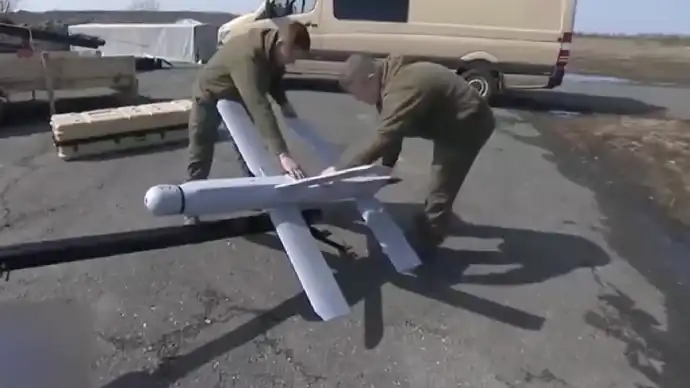
But now everyone often deploys non-line of sight heavy anti-tank missiles at the brigade level, and the firing range has been extended to 10 kilometers or even more than 20 kilometers. For example, the Russian "Lancet" patrol missile, the brigade level directly kills the tank formation that you have not had time to deploy at 30 kilometers away. At the same time, compared with the very cumbersome cross-arms coordination that requires going through the front-line aviation command post, where sorties are often not dispatched, or where there are more important fronts that need to be prioritized, armed helicopters that often cannot be moved, whether they are heavy anti-tank missiles or anti-tank patrol missiles, are under the command of the brigade commander. If the brigade commander wants to mobilize them directly. Whether it is the speed at which the kill chain is formed or the efficiency of the strike, it is much more efficient than an armed helicopter that has no idea how long it will have to wait to arrive.
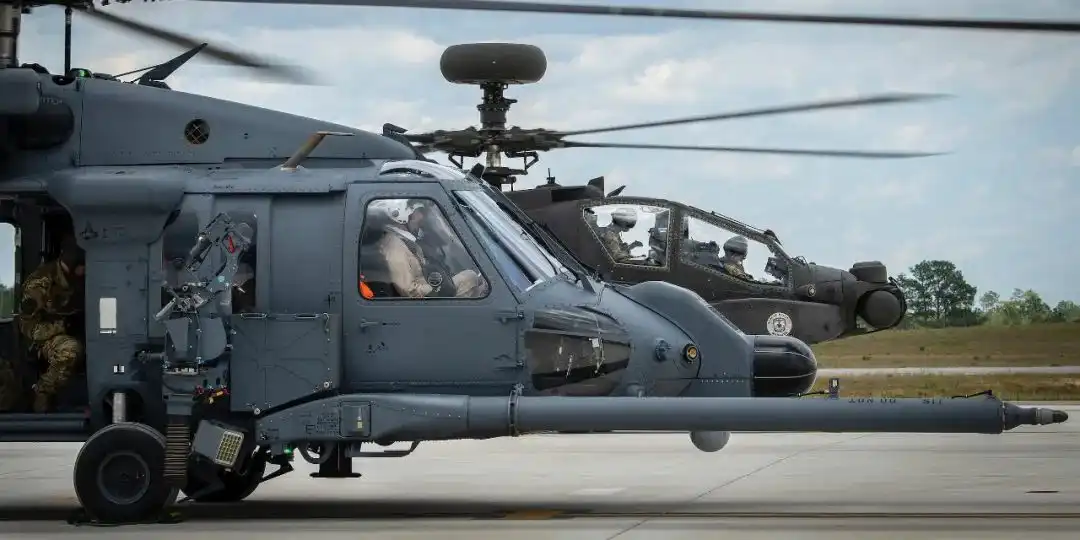
Therefore, Big Ivan's view remains the same. In fact, the tactical tasks it undertakes have shrunk to a certain extent at present, that is, it can still be used to cover air-raid infantry. After all, air-raid infantry not only needs fire cover when maneuvering, but also mobile formation, accompanying cover, etc. Using such an integrated surveillance drone to cover at high altitude, it is difficult to say whether it can keep up with the attack speed of armed helicopters. In a complex combat environment, it is also difficult to say whether high-altitude targets will become targets of the other party's long-range air defense system.
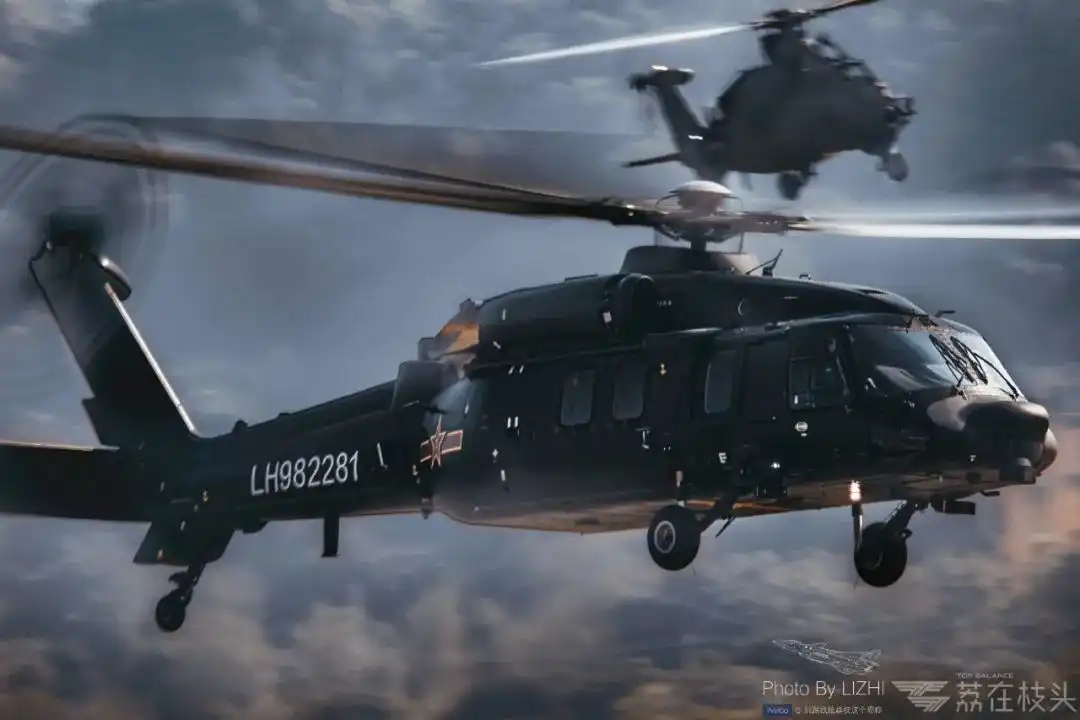
Therefore, at least among air-raid infantry, the status of armed helicopters cannot be replaced. For example, in special operations behind enemy lines, including infiltration and sabotage, rescue and parachuting pilots, the status of armed helicopters is equally important. This is also a task that armed helicopters have not been completely replaced so far.
The configuration of China's new generation of armed forces
Since the task load of armed helicopters is gradually decreasing, why do we still need to develop a new generation of armed helicopters? Moreover, from the photos that have been exposed, it seems that we have chosen a very conservative technical configuration? Well, Big Ivan feels that we still need to analyze specific issues in detail:
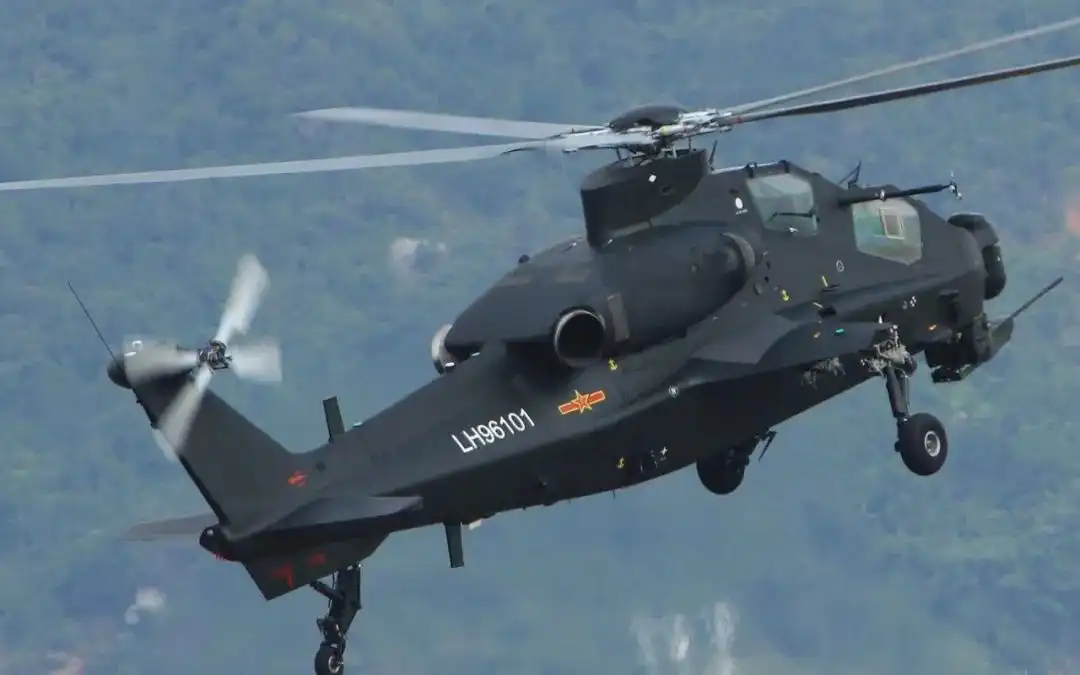
The first aspect is the replacement of the Z-10. The Z-10 is actually a very old aircraft. It flew for the first time on April 29, 2003. Time flies and now 21 years have passed. An aircraft has been in use for 21 years, so it is more or less an old aircraft. Moreover, as a test of Chinese-made armed helicopters, the Z-10 has many compromises in design and performance, and has always been the focus of controversy. Now that with the emergence of the Z-20 helicopter, we have fully mastered the research and development technology of the third-generation helicopter, launching a replacement and improved version for the Z-10 on this basis is an option that conforms to technical logic.
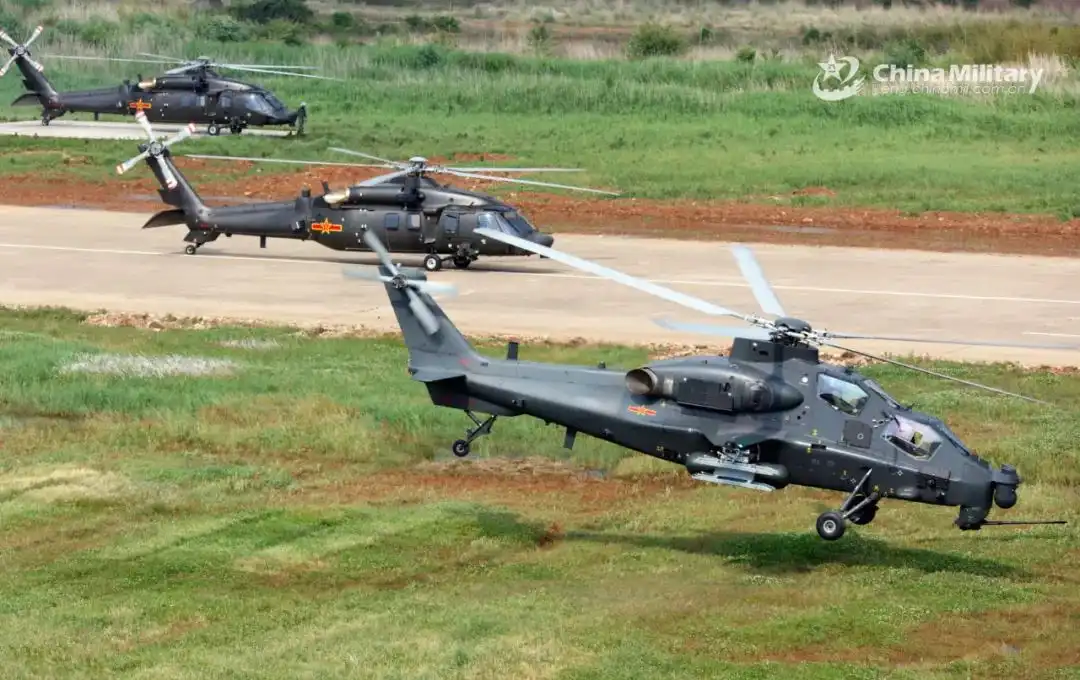
Second, we say that the anti-tank missions previously undertaken by armed helicopters can now be undertaken with new combat equipment such as long-range rocket launchers and heavy anti-tank missiles. But don't forget that we are not just facing abstract, land battlefield anti-tank missions, but also anti-tank missions in specific battlefields. For example, in a wide sea area more than 100 kilometers wide, tanks are deployed in tactical depth on the other side of the sea that are always ready to launch counter-shocks on the beachhead, and you are likely to be unable to completely eliminate mobile area air defense systems.

In this case, any patrol missile or non-line of sight heavy anti-tank missile will be too far to cover the distance of more than 100 kilometers. If you use long-range rocket launchers, the cost performance may not be high. As for multi-role fighters that rely on aviation and fighter bombers to fight, that goes back to our previous problem. This is cross-service coordination and requires ground guidance, which is much more difficult than rolling helicopter gunships.
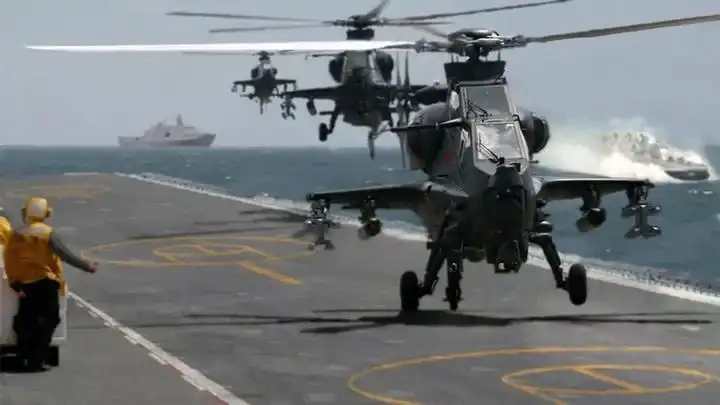
So, perhaps the proportion of armed helicopters in anti-tank missions in abstract land battlefields, such as those in Eastern Europe, is gradually declining, but in the specific environment we face, as long as our main strategic mission does not change, then armed helicopters have their place to use. We can cross this sea area of more than 100 kilometers and maintain it above beachhead positions for a long time. We can fight tanks that implement counter-impact in tactical depth. This is the role of helicopter gunships to us.
 ▲网友想象绘制的新一代武直与直-20协同作战的场景(图源:HJL的陨落中年)
▲网友想象绘制的新一代武直与直-20协同作战的场景(图源:HJL的陨落中年)
Therefore, in this sense, although in the normal sense, the tasks it wants to perform are gradually declining, from the perspective of specific problem analysis, this type of aircraft naturally has its existence among the Chinese Army Aviation Corps. In addition, the need to replace the Z-10 helicopter is indeed urgent, so it is not difficult to draw the conclusion why we want to develop a new generation of armed helicopters. In short, we just need to wait quietly for it to be officially made public.

12x imaging! Nitrogen-filled monocular telescope with three defenses,侦察兵和特工看了都想要!
** Super three-proof design, ** Good waterproof, dustproof and pressure-proof effects, hand it over to children to satisfy their curiosity and do not have to worry about unexpected situations.
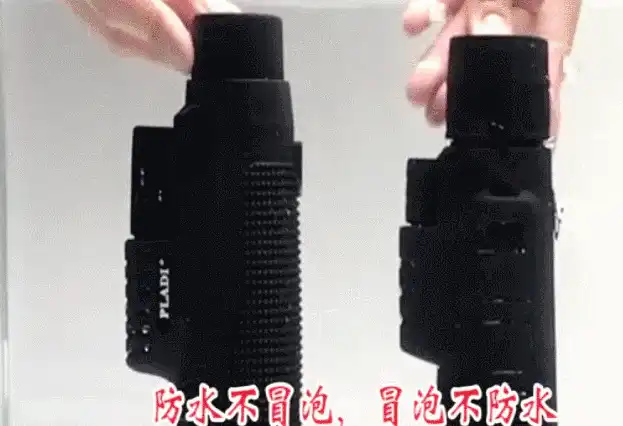
2倍全视野高清镀膜物镜,图像还原度高,**让每个细节一览无遗。Support taking photos and videos with mobile phones ~ **
